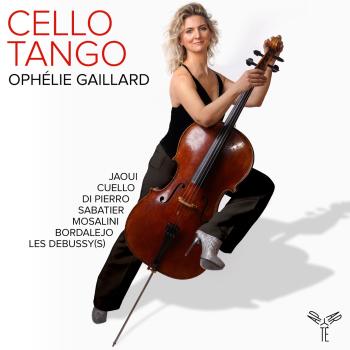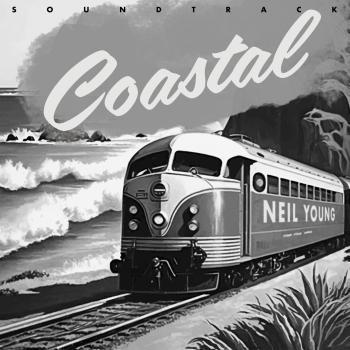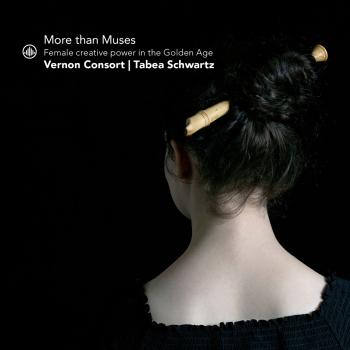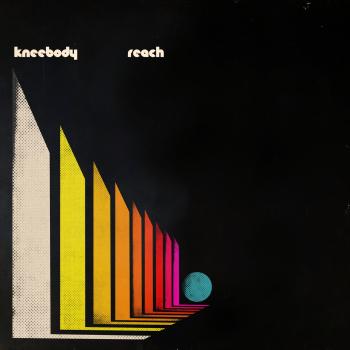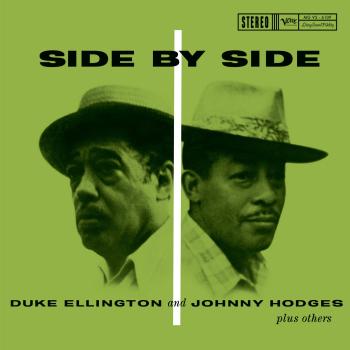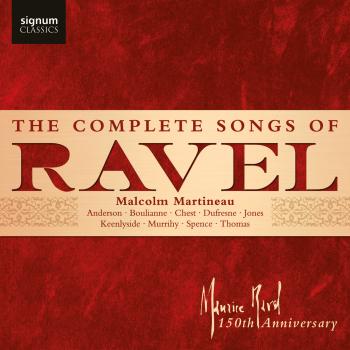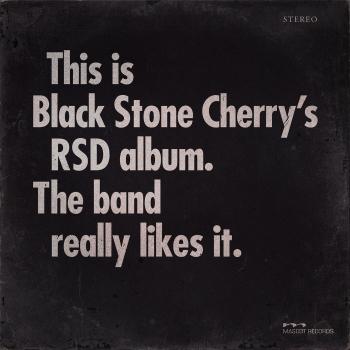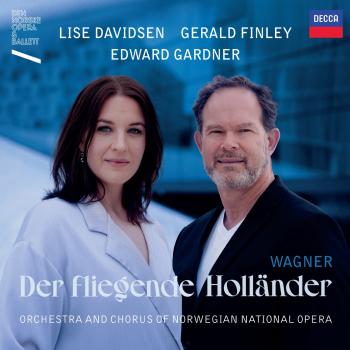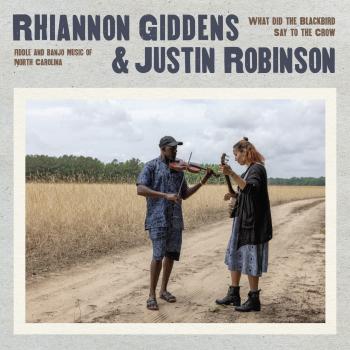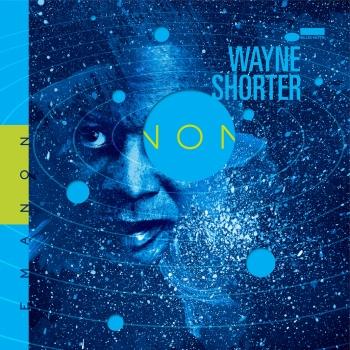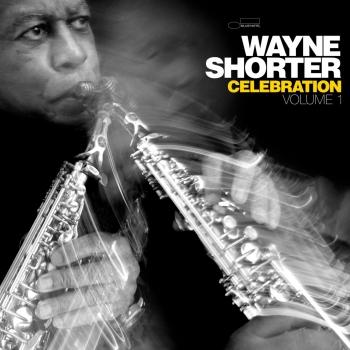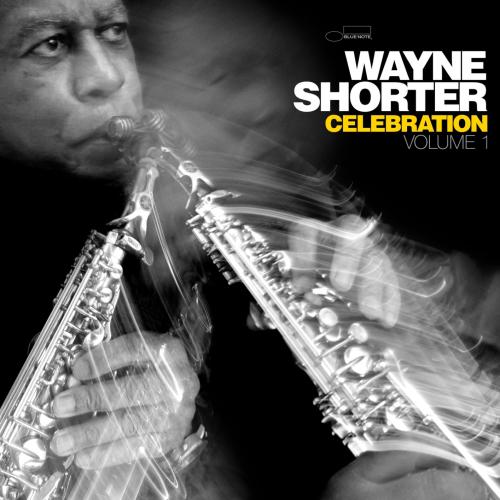
Celebration, Volume 1 (Live) Wayne Shorter
Album Info
Album Veröffentlichung:
2024
HRA-Veröffentlichung:
23.08.2024
Das Album enthält Albumcover
Entschuldigen Sie bitte!
Sehr geehrter HIGHRESAUDIO Besucher,
leider kann das Album zurzeit aufgrund von Länder- und Lizenzbeschränkungen nicht gekauft werden oder uns liegt der offizielle Veröffentlichungstermin für Ihr Land noch nicht vor. Wir aktualisieren unsere Veröffentlichungstermine ein- bis zweimal die Woche. Bitte schauen Sie ab und zu mal wieder rein.
Wir empfehlen Ihnen das Album auf Ihre Merkliste zu setzen.
Wir bedanken uns für Ihr Verständnis und Ihre Geduld.
Ihr, HIGHRESAUDIO
- 1 Zero Gravity to the 15th Dimension (Live) 11:44
- 2 Smilin’ Through (Live) 08:56
- 3 Zero Gravity to the 11th Dimension (Live) 02:06
- 4 Zero Gravity to the 12th Dimension (Live) 02:00
- 5 Zero Gravity - Unbound (Live) 03:35
- 6 Orbits (Live) 09:49
- 7 Edge Of The World (End Title) (Live) 06:59
- 8 Zero Gravity to the 90th Dimension (Live) 03:21
- 9 Lotus (Live) 19:34
- 10 She Moves Through The Fair (Live) 20:16
Info zu Celebration, Volume 1 (Live)
“Celebration, Volume 1” ist die erste einer Reihe geplanter Archiv-Veröffentlichungen, die Wayne Shorter noch selbst vor seinem Tod im Jahr 2023 kuratierte. Diese energetische Live-Aufnahme aus dem Jahr 2014 fängt Shorters gefeiertes Quartett mit Pianist Danilo Perez, Bassist John Patitucci und Schlagzeuger Brian Blade auf dem Stockholm Jazz Festival in Schweden ein. Zu hören sind Shorter-Klassiker wie “Zero Gravity”, “Orbits”, “Lotus” und “She Moves Through The Fair”.
Im Herbst 2022 begann (Tontechniker) Rob Griffin, Wayne eine Menge unveröffentlichter Musik zu schicken, die er durchsehen sollte“, schreibt (Shorters Witwe) Carolina Shorter in den Linernotes des Albums. „Er fing an, rund um die Uhr zuzuhören. Wenn ich etwas im Haus machte, telefonierte oder arbeitete, rief er: 'Carolina! Du musst kommen und dir diesen Scheiß anhören! Sieh dir an, was die Jungs machen!' Wayne machte sich ausführliche Notizen - einige davon sind auf dieser Albumhülle abgedruckt.“
„Als er das Stockholm-Konzert hörte, sagte er 'das ist das Album!'“, fährt sie fort. „Dann fing er an, sich mehr anzuhören, und mit der Zeit wurde ihm klar, dass es mehr als eine Platte werden musste. Ursprünglich wollte er die Sammlung Unidentified Flying Objects nennen - er stellte sich die Noten, die jeder spielte, als UFOs vor! Im Januar 2023, als er zum letzten Mal im Krankenhaus lag, fuhr er fort, Tracks auszuwählen und die Alben zu gestalten. Sein „Never Give Up“-Geist, der seine gesamte Mission unterstreicht, war stärker denn je, und er freute sich darauf, weitere Musik zu veröffentlichen. Erst in den letzten 10 Tagen seines Lebens wurde ihm klar, dass er nicht mehr da sein würde, um die Verwirklichung zu erleben. Er spürte die Dringlichkeit, das Leben zu feiern, und beschloss, den Namen der Sammlung in Celebration zu ändern. Ich sagte: 'Ja, Wayne! Lasst uns feiern!!! Genau so sollte es heißen. A celebration!'“
Wayne Shorter, Saxophon
Danilo Perez, Klavier
John Patitucci, Kontrabass
Brian Blade, Schlagzeug
Digitally remastered
Wayne Shorter
Though some will argue about whether Wayne Shorter's primary impact on jazz has been as a composer or as a saxophonist, hardly anyone will dispute his overall importance as one of jazz's leading figures over a long span of time. Though indebted to a great extent to John Coltrane, with whom he practiced in the mid-'50s while still an undergraduate, Shorter eventually developed his own more succinct manner on tenor sax, retaining the tough tone quality and intensity and, in later years, adding an element of funk. On soprano, Shorter is almost another player entirely, his lovely tone shining like a light beam, his sensibilities attuned more to lyrical thoughts, his choice of notes becoming more spare as his career unfolded. Shorter's influence as a player, stemming mainly from his achievements in the 1960s and '70s, has been tremendous upon the neo-bop brigade who emerged in the early '80s, most notably Branford Marsalis. As a composer, he is best known for carefully conceived, complex, long-limbed, endlessly winding tunes, many of which have become jazz standards yet have spawned few imitators.
Shorter started on the clarinet at 16 but switched to tenor sax before entering New York University in 1952. After graduating with a BME in 1956, he played with Horace Silver for a short time until he was drafted into the Army for two years. Once out of the service, he joined Maynard Ferguson's band, meeting Ferguson's pianist Joe Zawinul in the process. The following year (1959), Shorter joined Art Blakey's Jazz Messengers, where he remained until 1963, eventually becoming the band's music director. During the Blakey period, Shorter also made his debut on records as a leader, cutting several albums for Chicago's Vee-Jay label. After a few prior attempts to hire him away from Blakey, Miles Davis finally convinced Shorter to join his Quintet in September 1964, thus completing the lineup of a group whose biggest impact would leap-frog a generation into the '80s.
Staying with Miles until 1970, Shorter became at times the band's most prolific composer, contributing tunes like 'E.S.P.,' 'Pinocchio,' 'Nefertiti,' 'Sanctuary,' 'Footprints,' 'Fall' and the signature description of Miles, 'Prince of Darkness.' While playing through Miles' transition from loose post-bop acoustic jazz into electronic jazz-rock, Shorter also took up the soprano in late 1968, an instrument which turned out to be more suited to riding above the new electronic timbres than the tenor. As a prolific solo artist for Blue Note during this period, Shorter expanded his palette from hard bop almost into the atonal avant-garde, with fascinating excursions into jazz/rock territory toward the turn of the decade.
In November 1970, Shorter teamed up with old cohort Joe Zawinul and Miroslav Vitous to form Weather Report, where after a fierce start, Shorter's playing grew mellower, pithier, more consciously melodic, and gradually more subservient to Zawinul's concepts. By now, he was playing mostly on soprano, though the tenor would re-emerge more toward the end of WR's run. Shorter's solo ambitions were mostly on hold during the WR days, resulting in but one atypical solo album, Native Dancer, an attractive side trip into Brazilian-American tropicalismo in tandem with Milton Nascimento. Shorter also revisited the past in the late '70s by touring with Freddie Hubbard and ex-Miles sidemen Herbie Hancock, Ron Carter, and Tony Williams as V.S.O.P.
Shorter finally left Weather Report in 1985, but promptly went into a creative slump. Still committed to electronics and fusion, his recorded compositions from this point became more predictable and labored, saddled with leaden rhythm sections and overly complicated arrangements. After three routine Columbia albums during 1986-1988, and a tour with Santana, he lapsed into silence, finally emerging in 1992 with Wallace Roney and the V.S.O.P. rhythm section in the 'A Tribute to Miles' band. In 1994, now on Verve, Shorter released High Life, a somewhat more engaging collaboration with keyboardist Rachel Z.
In concert, he has fielded an erratic series of bands, which could be incoherent one year (1995), and lean and fit the next (1996). He guested on the Rolling Stones' Bridges to Babylon in 1997, and on Herbie Hancock's Gershwin's World in 1998. In 2001, he was back with Hancock for Future 2 Future and on Marcus Miller's M². Footprints Live! was released in 2002 under his own name, followed by Alegría in 2003 and Beyond the Sound Barrier in 2005. Given his long track record, Shorter's every record and appearance are still eagerly awaited by fans in the hope that he will thrill them again. Blue Note Records released Blue Note's Great Sessions: Wayne Shorter in 2006. (Richard S. Ginell). Source: Blue Note Records.
Dieses Album enthält kein Booklet

